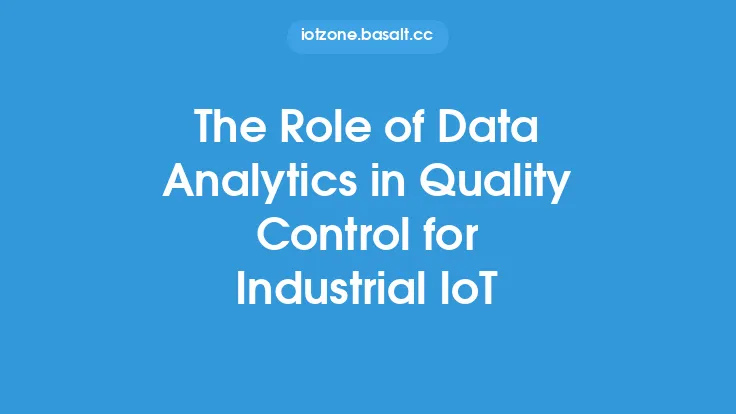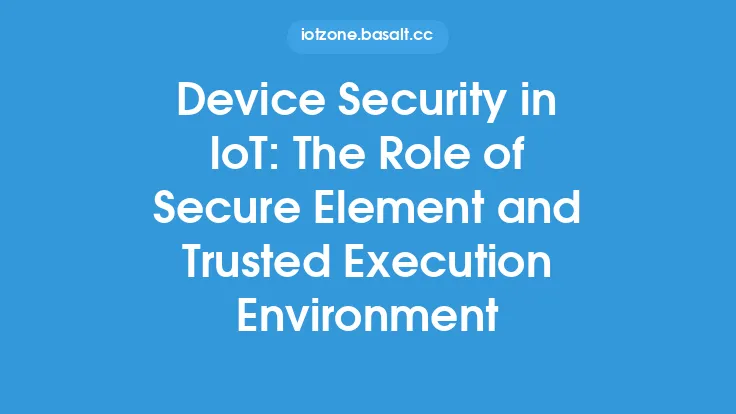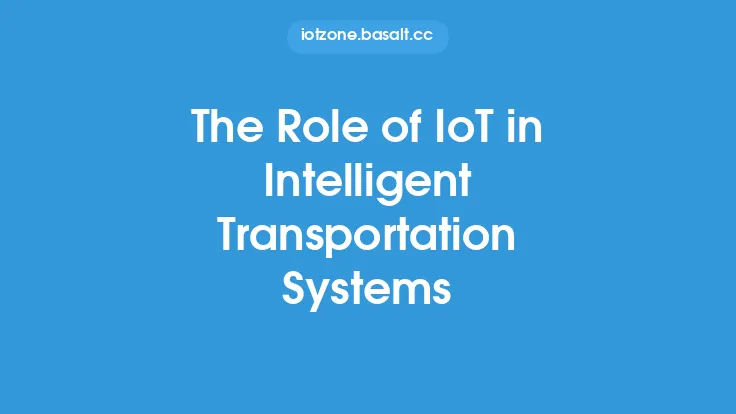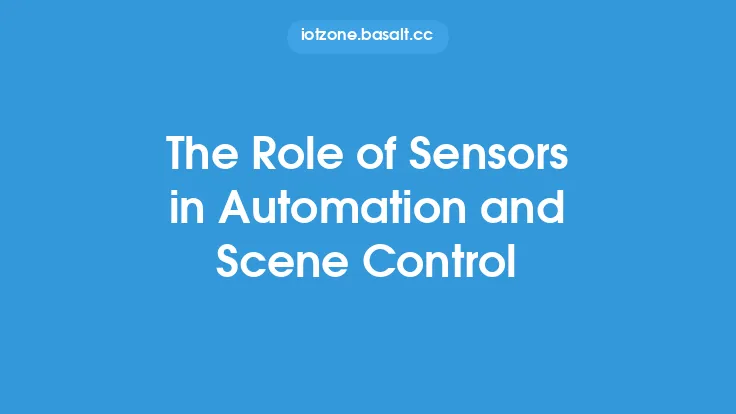The increasing number of IoT devices has led to a significant rise in the amount of data being generated, collected, and transmitted. This data can be sensitive and valuable, making it a prime target for cyber threats. As a result, ensuring the security and integrity of IoT data has become a top priority. One crucial aspect of IoT data protection is access control, which plays a vital role in preventing unauthorized access to IoT devices and the data they generate.
What is Access Control in IoT?
Access control in IoT refers to the mechanisms and policies put in place to regulate who or what can access IoT devices, networks, and data. It involves controlling and managing the flow of data between devices, users, and applications, ensuring that only authorized entities can access, modify, or delete data. Access control is essential in preventing unauthorized access, data breaches, and other security threats that can compromise the integrity and confidentiality of IoT data.
Types of Access Control in IoT
There are several types of access control mechanisms used in IoT, including:
- Role-Based Access Control (RBAC): This involves assigning roles to users or devices, which determines their level of access to IoT data and devices. RBAC ensures that only authorized entities can perform specific actions, such as reading or writing data.
- Attribute-Based Access Control (ABAC): This mechanism grants access based on a set of attributes, such as user identity, device type, or location. ABAC provides fine-grained control over access to IoT data and devices.
- Mandatory Access Control (MAC): This involves enforcing a set of rules that dictate what actions can be performed by a user or device, based on their clearance level or classification.
- Discretionary Access Control (DAC): This mechanism allows owners of IoT devices or data to control access and set permissions for other users or devices.
Access Control Techniques in IoT
Several access control techniques are used in IoT to ensure secure data protection, including:
- Authentication: Verifying the identity of users or devices before granting access to IoT data or devices.
- Authorization: Controlling what actions can be performed by authenticated users or devices.
- Encryption: Protecting data in transit or at rest using encryption algorithms, such as AES or TLS.
- Access Control Lists (ACLs): Defining a set of rules that specify what actions can be performed by a user or device on an IoT device or data.
- Token-Based Authentication: Using tokens, such as JSON Web Tokens (JWT), to authenticate and authorize users or devices.
Challenges in Implementing Access Control in IoT
Implementing access control in IoT can be challenging due to the unique characteristics of IoT devices and networks, such as:
- Device Heterogeneity: IoT devices come in different shapes, sizes, and operating systems, making it challenging to implement standardized access control mechanisms.
- Scalability: The large number of IoT devices and data generated can make it difficult to manage and enforce access control policies.
- Limited Resources: IoT devices often have limited computational resources, memory, and power, making it challenging to implement complex access control mechanisms.
- Interoperability: IoT devices and systems from different manufacturers may not be compatible, making it challenging to implement access control mechanisms that work across different devices and systems.
Best Practices for Implementing Access Control in IoT
To ensure effective access control in IoT, the following best practices should be followed:
- Implement a robust authentication mechanism: Use strong authentication protocols, such as public key infrastructure (PKI) or OAuth, to verify the identity of users or devices.
- Use encryption: Encrypt data in transit and at rest using secure encryption algorithms, such as AES or TLS.
- Define access control policies: Establish clear access control policies that define what actions can be performed by users or devices on IoT data and devices.
- Monitor and audit access: Regularly monitor and audit access to IoT data and devices to detect and respond to security threats.
- Implement secure key management: Use secure key management practices, such as key rotation and revocation, to manage encryption keys and access control credentials.
Conclusion
Access control plays a critical role in protecting IoT data from unauthorized access and security threats. By implementing robust access control mechanisms, such as authentication, authorization, and encryption, organizations can ensure the confidentiality, integrity, and availability of IoT data. However, implementing access control in IoT can be challenging due to the unique characteristics of IoT devices and networks. By following best practices, such as implementing robust authentication mechanisms, using encryption, and defining access control policies, organizations can ensure effective access control in IoT and protect their data from security threats.





